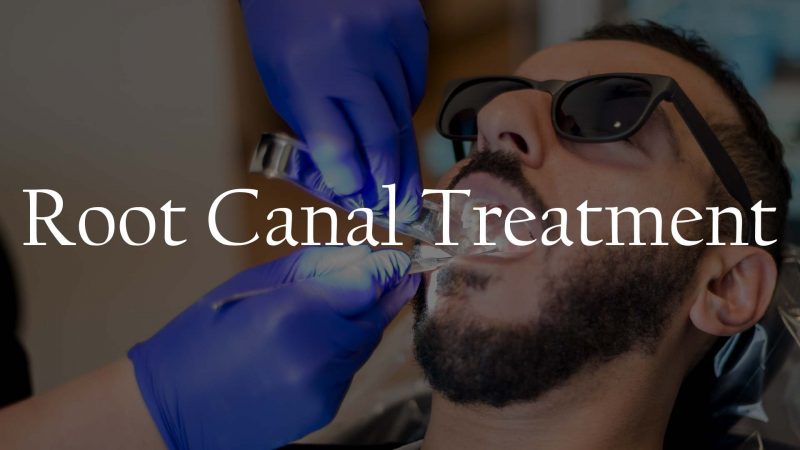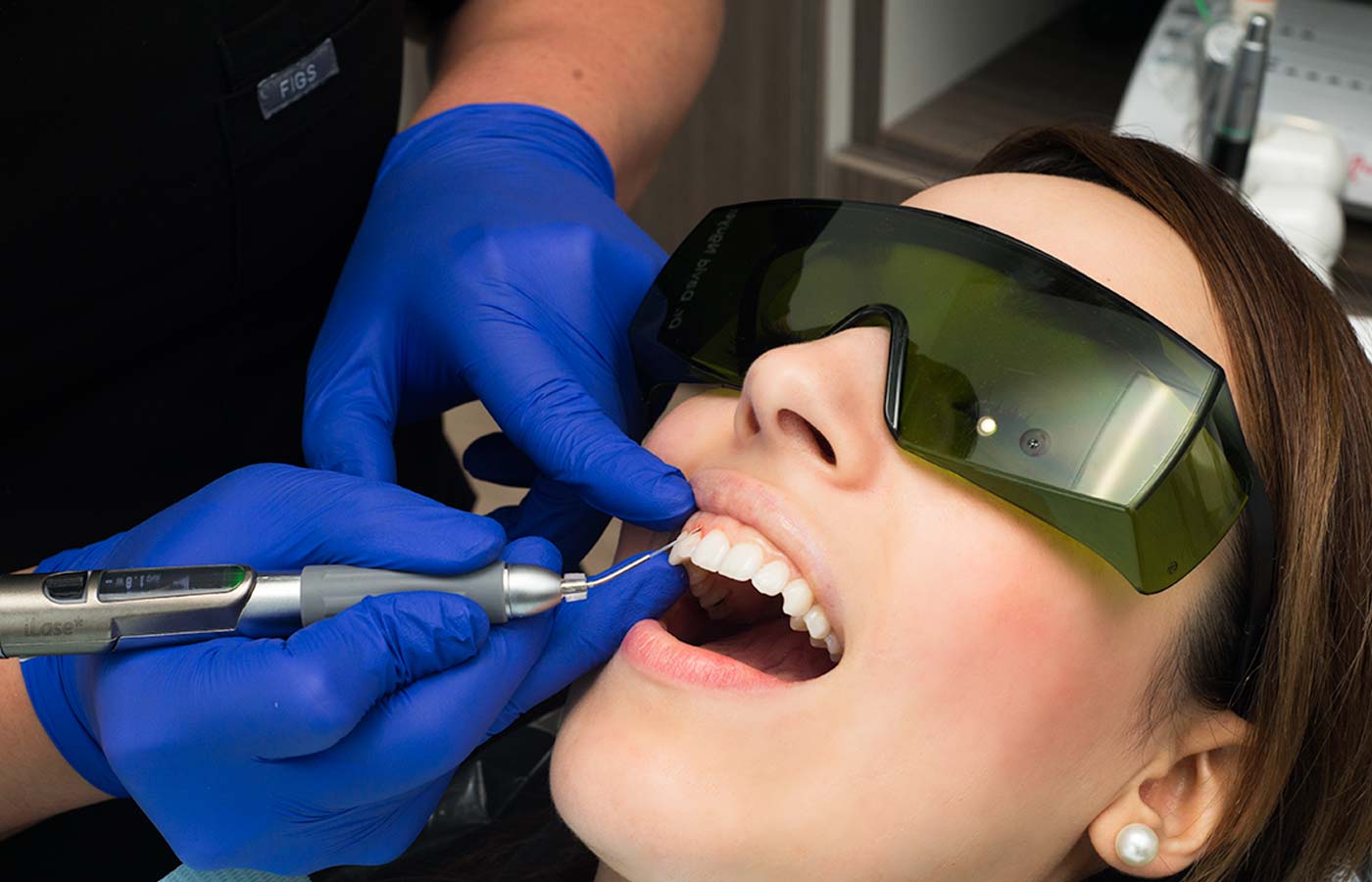What Are the Main Signs That You Need A Root Canal Therapy?
Publicado por Celeste Pecks
Cuerpo
Signs that you may need root canal therapy include:
- Feel severe tooth pain on chewing or feel pressure on the tooth.
- Prolonged sensitivity or pain in the tooth to hot or cold temperatures even after heat or cold has been removed.
- Noticing any discoloration or darkening of the tooth
- Swelling and tenderness in gums close to the tooth.
- A steady or frequent pimple on the gums.
- Sometimes you may not see any symptoms around.
The Root Canal Therapy Procedure
Root canal therapy requires more than one visit to the Root Canal Dentist near me. A dentist who performs the surgery and diagnoses the disease and injuries of teeth is called an endodontist specialist. Your dentist's choice of who will perform the surgery depends on the condition, what treatment, and the comfort of the dentist to perform the surgery. The dentist should be comfortable with your case. Your dentist will consult and discuss the Best Dentist In Houston to achieve Root Canal Treatment.

The first step:
In the first step of your root canal therapy, your dentist will take an X-ray of your teeth to see the shape of the root canals and determine if there are any signs of infection in the tooth, surrounding bone, or gums. If they find signs of disease, your dentist or endodontist will use local anesthesia to numb the area nearby the tooth to make it painless during treatment. As to tell you that anesthesia may not be necessary as the nerve is dead, but most dentists still anesthetize the area so that the patient can relax, be comfortable, and stay at ease.
The second step:
Now in the next part, your dentist will place a rubber sheet, also called a rubber dam, a square sheet that dentists use to keep the area around your tooth dry and free of saliva during the treatment.
A hole is pierced into the tooth to remove the pulp, bacteria, and debris from the tooth, and this cleaning procedure uses the root canal files to remove the infection. The dentists use these files to scrape and scrub the sides of the root canals. The dentist uses this series of files to work down to the full tooth length and clean the infection. The dentist uses water or sodium hypochlorite periodically to rinse off the debris.
Once the dentist cleans the tooth entirely, it needs to be sealed. Some dentists wait a week or a few days before sealing the tooth. Maybe there is an infection, and your dentist will put medicine inside the tooth to clear it up.
Other dentists may determine to seal the tooth on the same day as the dentist cleans it out. Suppose your dentist does not complete root canal therapy on the same day. In that case, the dentist places a temporary filling in the exterior hole in the tooth to keep impurities out between the following treatment appointments.

In the following root canal therapy appointment, your dentist will place a sealer paste and a rubber compound called gutta-percha into the tooth's root canal to fill the tooth's interior. Your dentist will place the filling on the exterior access of the hole created at the beginning of therapy.
The final step
The final step involves additional restoration of the tooth. It is because a tooth that needs root canal therapy often has a large filling or extensive decay, or other weakness, so to protect the tooth, your dentist will place a crown or other restoration. This prevents it from breaking and restoring it to function fully as usual. Your dentist will discuss the need for any additional dental work with you.
Conclusion :
Visit and Review with your emergency dentist. The dentist open on Saturday will help you decide what is best for you.










Comentarios